Museum of the Origins of Man
COLOSSAL SCULPTURES OF HUMAN
FIGURES IN THE POST-PALEOLITHIC
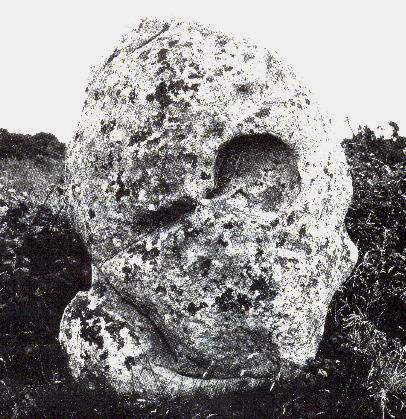 Fig. 12A1) Monolithic anthropomorphic sculpture (menhir) representing a human head with neck and a big, hollow eye.
Fig. 12A1) Monolithic anthropomorphic sculpture (menhir) representing a human head with neck and a big, hollow eye.
All the head is modeled: forehead, nose, chin, jaw.
Height: 98.5 inches approx.
Location: alignments of menhirs at Le Ménec, Carnac, Brittany, France.
Material culture: Neolithic or Mesolithic.
Photo by Elisabeth Nay-Scheibler (see bibliography).
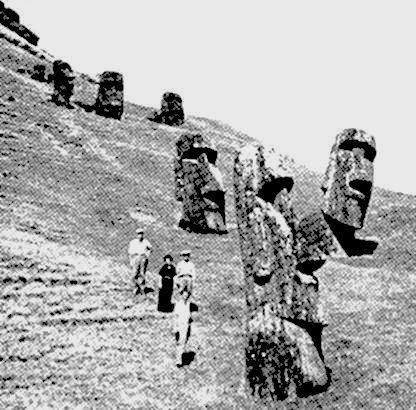 Fig. 12A2) Monolithic anthropomorphic sculpture.
Fig. 12A2) Monolithic anthropomorphic sculpture.
Representations of men with bodies and arms, without legs. In this photo the body is covered by earth that has fallen from the mountain. The body can be seen on this site (Fig. 4A9) in an image in which the seven colossuses are aligned, but probably originally they were not; therefore this photo is valuable for showing the original location on the slope of the mountain.
These colossuses had a cylindrical headgear of reddish-colored rock, as can be seen on this site (Fig.4A9.1).
These sculptures, all equal, have parallels with sculptures of historic European and Asian divinities, and must represent the same deity; however, their grouping could have a different religious meaning.
Dimensions: compare with the people in the photograph.
Location: Easter Island (place of cult).
 Fig. 12A3) Monolithic anthropomorphic sculpture representing a colossal head without neck, similar to the head of Fig. 12A4.
Fig. 12A3) Monolithic anthropomorphic sculpture representing a colossal head without neck, similar to the head of Fig. 12A4.
It depicts a deity.
Dimensions: compare with the people in the photograph.
Origin: Tuxtla Gutiérrez, Mexico.
Olmec Culture.
Dating: 500 BC - 200 AD approx.
Present location: ?
 Fig. 12A4) Monolithic anthropomorphic sculpture representing a colossal head without neck, like many Paleolithic colossuses without neck.
Fig. 12A4) Monolithic anthropomorphic sculpture representing a colossal head without neck, like many Paleolithic colossuses without neck.
It depicts a deity.
Height: 106 inches; width: 75 inches.
Origin: San Lorenzo Tenochtitlán, Veracruz, Mexico.
Olmec Culture.
Dating: 850-150 BC.
 Fig. 12A5) Monolithic anthropomorphic colossus representing Constantine the Emperor. This marble sculpture was probably complete with a whole body. The Emperor also had divine attributions.
Fig. 12A5) Monolithic anthropomorphic colossus representing Constantine the Emperor. This marble sculpture was probably complete with a whole body. The Emperor also had divine attributions.
Dimensions: visually deduced from doors and windows at the back of the colossus.
Dating: Constantine was a Roman emperor from 306 until 337 AD.
Photo from 1934.
Present location: Rome, Italy.
 Fig. 12A6) Monolithic anthropomorphic colossus (detail).
Fig. 12A6) Monolithic anthropomorphic colossus (detail).
It represents a foot of a marble colossus.
In the photo, P. Gaietto with his son Giulio.
Dating: approximately 300 AD.
Present location: Rome, Italy.
Photo by Licia Filingeri, 1980.
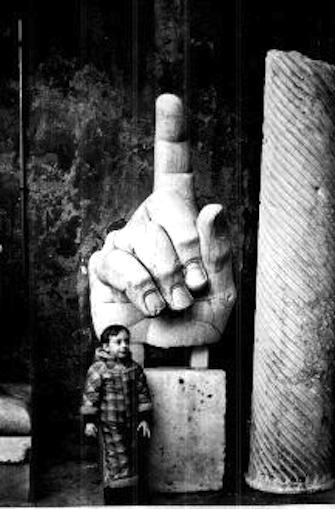 Fig. 12A7) Monolithic anthropomorphic colossus (detail).
Fig. 12A7) Monolithic anthropomorphic colossus (detail).
It represents the hand of a marble colossus.
In the photo is Giulio Gaietto.
Dating: approximately 300 AD.
Location: Rome, Italy.
Photo by Licia Filingeri, 1980.
 Fig. 12A8) Anthropomorphic colossal sculpture.
Fig. 12A8) Anthropomorphic colossal sculpture.
Drawing of "idol" taken from the book Journey around the world (Venice, 1841).
The sculpture was probably in bronze.
Region of India.
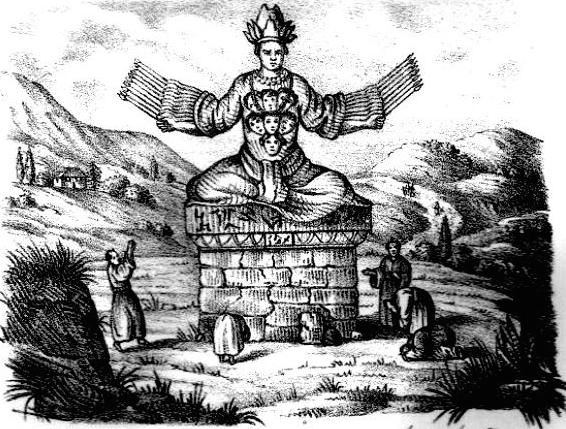
 Fig. 12A9) Anthropomorphic colossal sculpture.
Fig. 12A9) Anthropomorphic colossal sculpture.
Drawing representing a sculpture of the God Canone, son of Amidah, with five peoples idolizing him.
Taken from the book Journey around the world (Venice, 1841).
.
The sculpture was probably in bronze.
Japan.
 Fig. 12A10) Anthropomorphic colossal sculpture in stone.
Fig. 12A10) Anthropomorphic colossal sculpture in stone.
It represents a deity.
Height: 56 feet.
Dating: 1100 AD.
India.
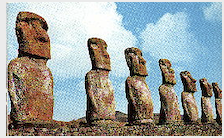
Fig. 4A9) Colossal stone sculpture representing men with a body and arms, but legless.
Location: Easter Island.
Easter Island was a place of worship for the peoples of the continent. This is a typical "idol" of the island. These sculptures have been preserved because the island is almost uninhabited; in other places, with the change of religions, the sculptures would have been destroyed to recover the material. These "idols" had a headdress (see
Fig. 4A9,1 ).

Fig. 4A9.1) Drawing (from the book Journey around the world (Venice, 1841).
Easter Island.
These idols are made of grey stone, and on their heads were placed a headgear of reddish stone. They are in the Paleolithic tradition of sculpture and religion.
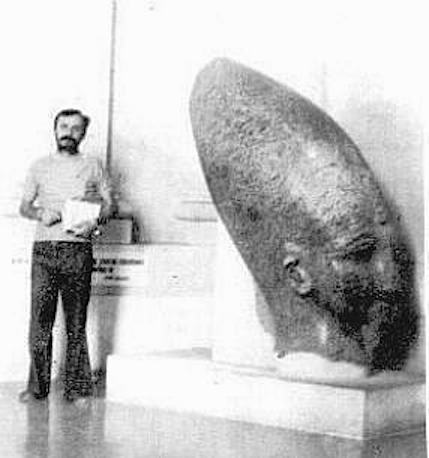
Fig. 4A11) Human head with pointed hat (P. Gaietto in photo, to make the comparison of dimensions).
Photo by Licia Filingeri, 1976).
Origin: Egypt.
Cultural attribution: Ancient Egypt.
This pointed headgear distinguished the leaders of Ancient Egypt; it is a tradition dating to the Mousterian era. But it was also fashionable, for esthetic purposes (or perhaps even religious) to wrap a newborn's head with special bandages at the back of the neck so that the head would grow pointed. This tradition, with different methods, is found in various parts of the globe, near populations in which sculpture predominates in art. The cultural dimension of these customs is related to the sculpture of human heads of the Paleolithic.
Present location: Louvre Museum, Paris.

Fig. 13A1) Leshan Giant Buddha at Fengxiam Temple, Longmen Cave, Luoyang, China.
Dating from the Tang dynasty (618-907 AD).
This is an anthropomorphic rock sculpture representing the Buddha, who was known as "the Enlightened One" and who founded Buddhism in about 528 BC.
Height: 233 feet.
For more rock sculpture images, see Egypt
(Fig. 34.4) and China (Fig. 34.5).
NEXT
Index
HOME PAGE
Page translated from Italian into English by Paris Alexander Walker.
Copyright©2020 by Museum of the Origins of Man, all rights reserved.















